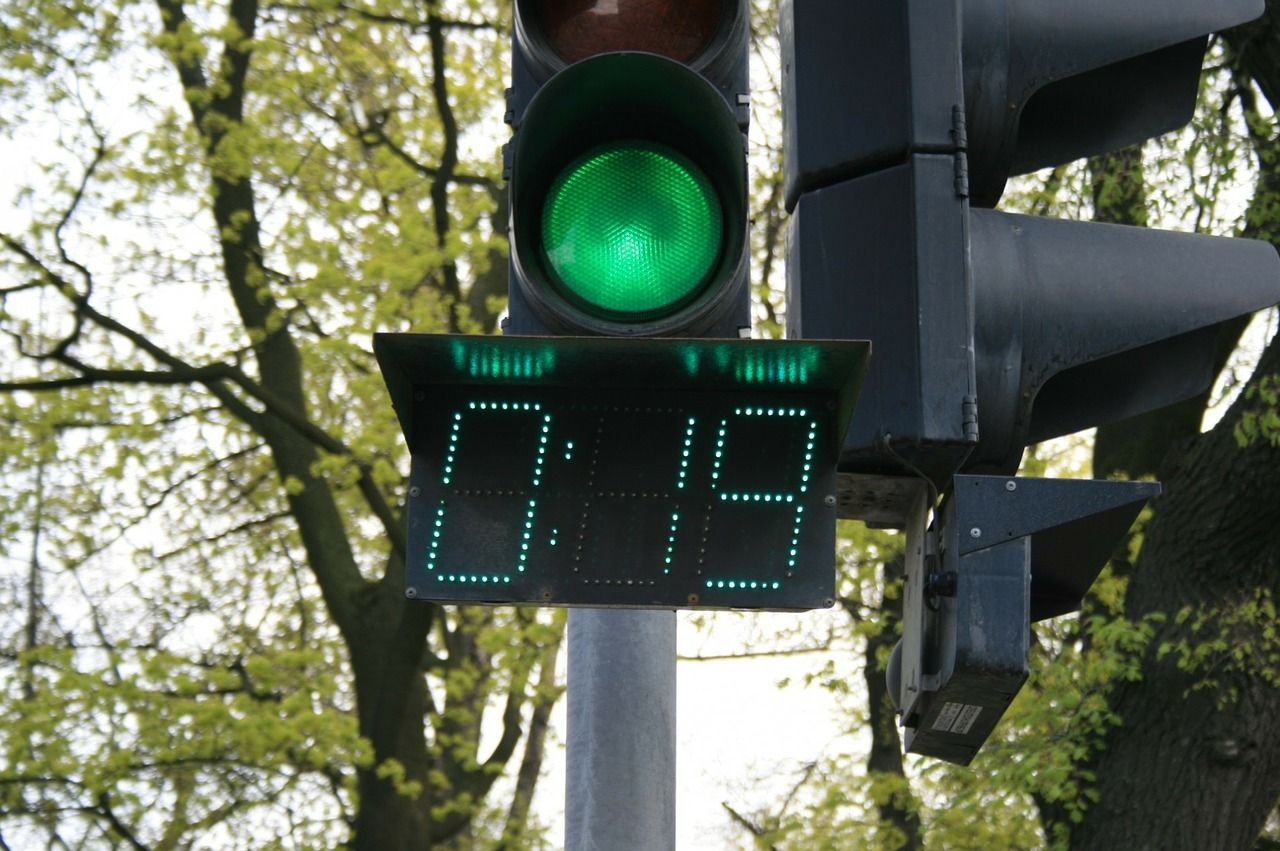Infrastructure is key to the EU’s road safety record

date: 04/07/2018
Maintaining a high level of road safety across the EU demands standard procedures based on an appropriate legal framework. The Commission’s proposed new measures take account of the latest challenges, societal trends and technological developments, and follow the Safe System approach.
The Safe System is based on the premise that people will continue to make mistakes and that actors at all levels are jointly responsible for ensuring that crashes do not cause serious or fatal injuries. All parts of the system must be improved to ensure that if one part fails, others will still provide protection.
In terms of infrastructure, this means that while well-maintained roads lower the risk of accidents, ‘forgiving’ roads – laid out to mitigate the consequences of errors – reduce the severity of those which do occur.
Safety first
The EU’s 2008 Road Infrastructure Safety Management Directive puts safety at the centre of the planning, design and operation of road infrastructure. But while the Directive has achieved good results, its implementation differs across the Member States, with some going beyond requirements and others lagging behind. This is reflected in road safety performance.
New EU infrastructure safety management rules should reduce fatalities and serious injuries across Member States and promote convergence towards higher safety standards. Key to this are better follow-up of safety findings, a network-wide approach to risk assessment, more protection for vulnerable road users, and better knowledge sharing among Member States.
The Commission's proposal for a revision of the Directive sets out new rules for transparency and the follow-up of safety management procedures alongside a systematic EU-wide approach to assessing road safety. It also foresees the setting of performance requirements for road markings and signs to make it easier to roll out systems connecting vehicles with infrastructure, and making the consideration of vulnerable road users compulsory in safety management.
These rules tie in with a proposal for revising the EU’s general vehicle safety regulations – which aim to improve vehicle safety and better protect vulnerable road users – and initiatives under the Commission’s Strategy on connected and automated mobility.
Wider horizons
Furthermore, the revised Directive should extend the scope of the 2008 version to cover motorways and primary roads outside the Trans-European transport Network (TEN-T) and all non-urban roads built with EU funds. This is necessary due to the high volumes of traffic and low safety levels on many non-TEN-T roads linking key economic centres across the network.
A high percentage of fatalities occur on the EU’s primary roads, with 15 % of the non-urban network accounting for 39 % of all deaths. Thus, actions here will help to reach the target of halving road deaths by 2030 and moving towards zero fatalities by 2050.
